In honor of Black History Month, it's time to recall the photographers who have been instrumental in documenting and influencing the African American narratives.

Black History Month Photographers: Documenting a Movement
The photographic community and beyond have been forever changed by the groundbreaking efforts of Gordon Parks, James Van Der Zee, Kwame Brathwaite, Stanley Wolfson, Carl Van Vechten, and many others who have captured critical times and portraying the African American experience, challenging societal norms, and fostering a greater understanding of Black identity and history.
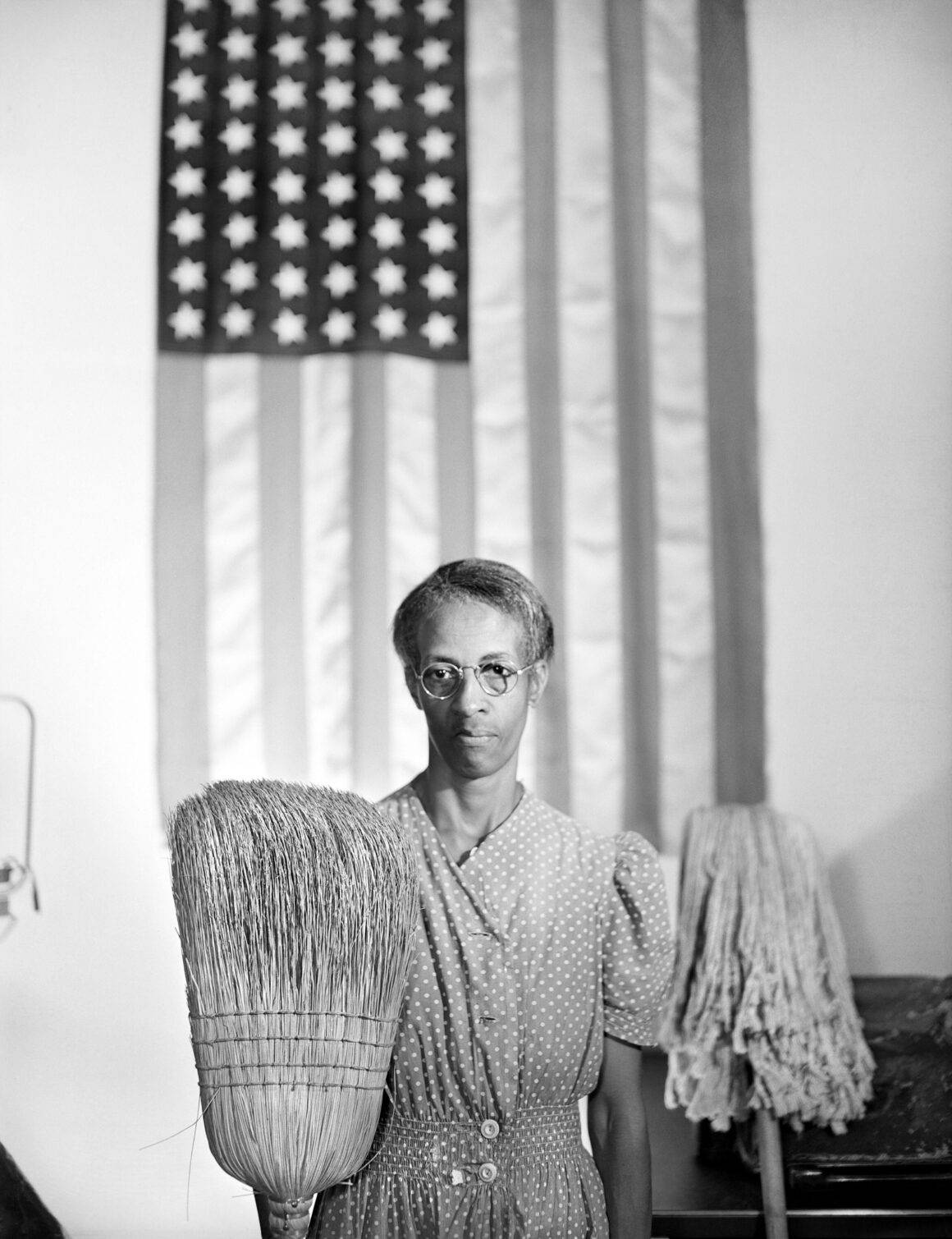
Gordon Parks: A Lens on Social Justice (1912–2006)

Gordon Parks stands out as a seminal figure in American photography, whose work extended beyond the camera to encompass writing, music, and film directing. His realistic depictions of African American life demonstrated his dedication to equality and social justice. Stories of poverty, segregation, and resistance that Parks brought to the homes of millions of people via his work as the first African American staff photographer and writer for “Life” magazine helped to challenge prejudices and build empathy. He became a significant character in American cultural history via his documenting of racial dynamics in the United States, which not only documented the challenges of the day but also emphasized the dignity and persistence of his subjects.


James Van Der Zee: Documenting the Harlem Renaissance (1886–1983)

A key player in portraying the vibe of the Harlem Renaissance—an outburst of social, artistic, and cultural expression among African Americans in the 1920s and 1930s—was James Van Der Zee. The extensive photographic record of Black New York City life that Van Der Zee created via his Harlem studio includes images of both everyday African Americans and notable personalities from the era. His work is celebrated for its intricate portrayal of the varied aspects of African American life, offering a counter-narrative to the prevailing stereotypes and providing a valuable historical record of one of the most influential periods in African American history.
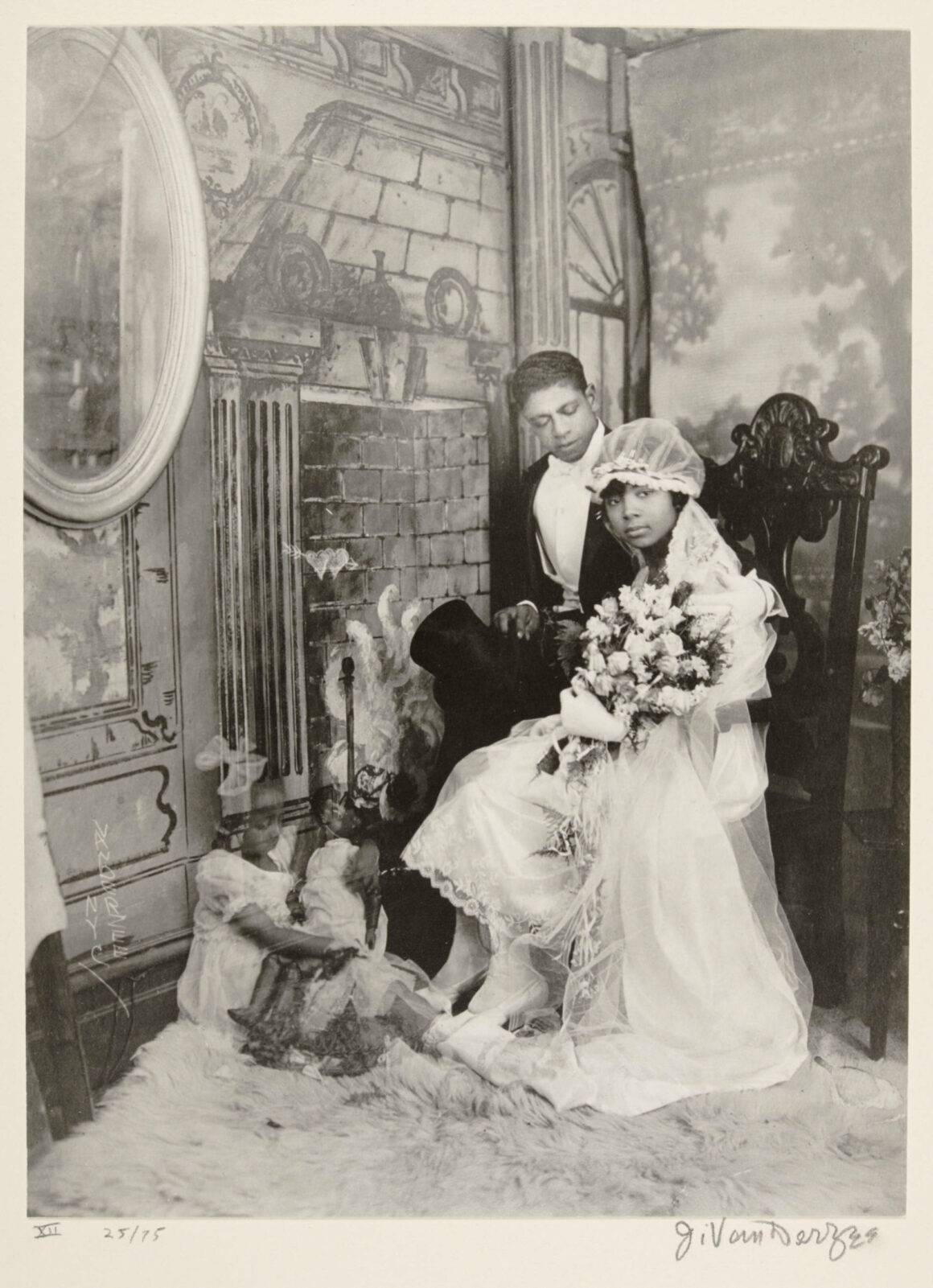
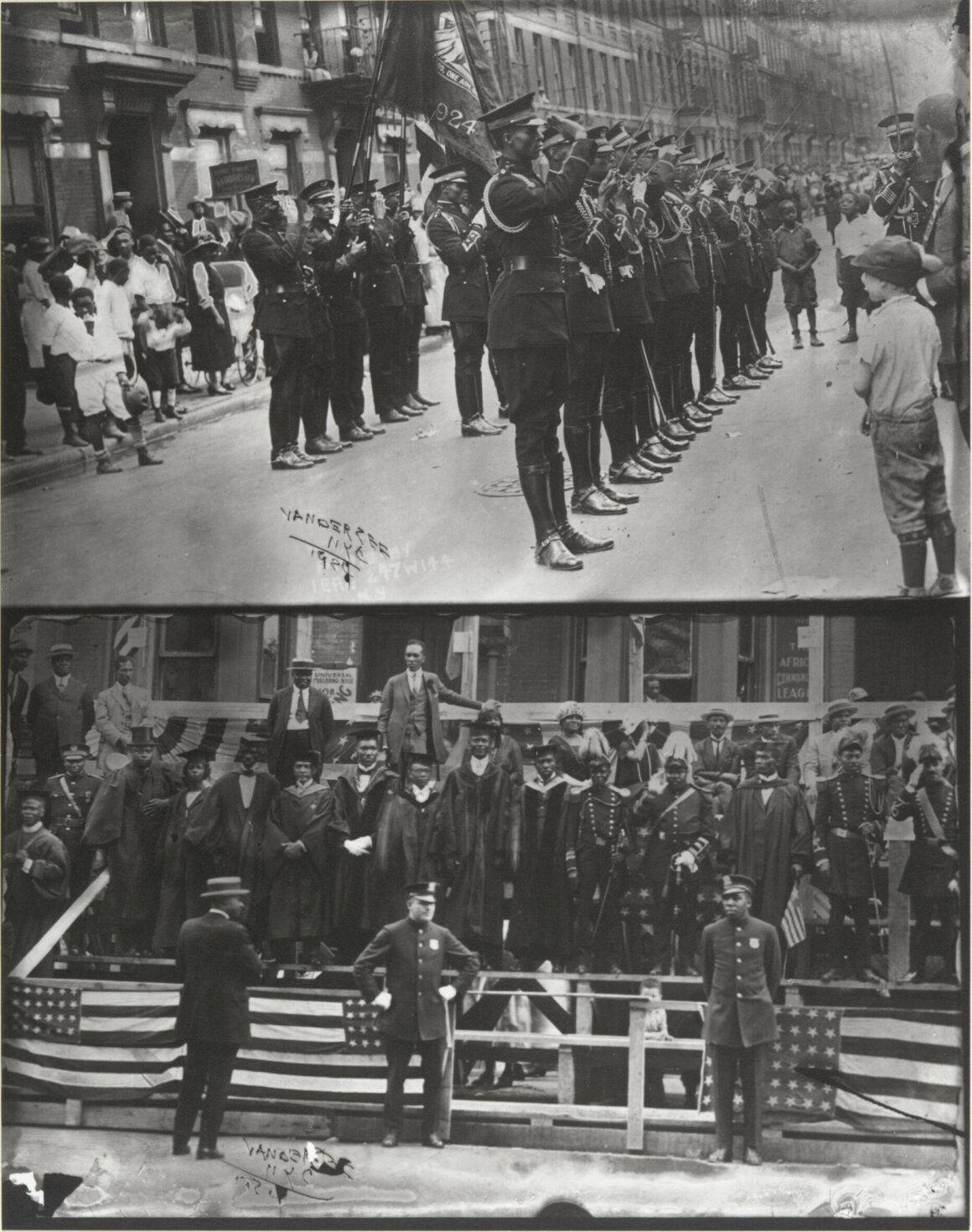
Kwame Brathwaite: Champion of “Black Is Beautiful” (born 1938)

Kwame Brathwaite’s photography was instrumental in the “Black is Beautiful” movement, advocating for the celebration of African features and heritage at a time when mainstream beauty standards were overwhelmingly Eurocentric. His images, rich with Afrocentric pride and cultural symbolism, helped to foster a sense of identity and unity among African Americans. Brathwaite‘s work not only documented this important cultural shift but also actively contributed to the redefinition of beauty, which made him a critical figure in the history of Black self-representation and empowerment.

Allies in Representation: Stanley Wolfson and Carl Van Vechten (1880–1964)

Though not African American, Stanley Wolfson and Carl Van Vechten played significant roles in documenting and promoting African American culture and civil rights. Wolfson’s photography captured important moments of the civil rights movement, while Van Vechten’s portraits of Harlem Renaissance figures helped to bring wider recognition to the talents within the African American community. Their work, from different perspectives, contributed to the broader narrative of African American struggle, resilience, and achievement.
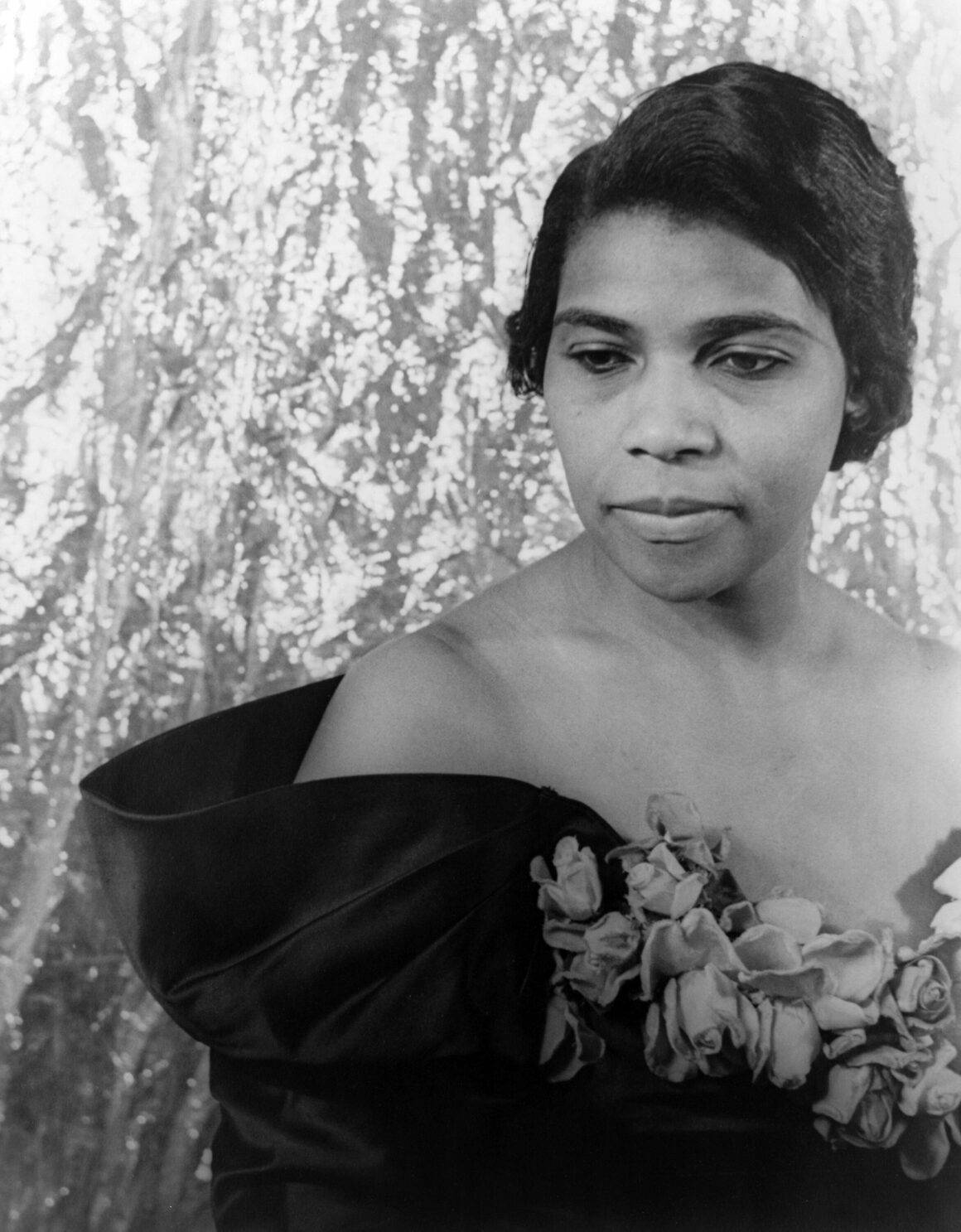
Legacy and Importance
To fully grasp the complex experiences of African Americans over time, it is necessary to look at the photographs taken by these artists. They have preserved the Black community’s rich history and culture for years to come by providing insight into times of joy, hardship, and success. These photographers, among many others, have been instrumental in the struggle for social justice and civil rights by exposing the varied aspects of African American life and questioning dominant narratives.

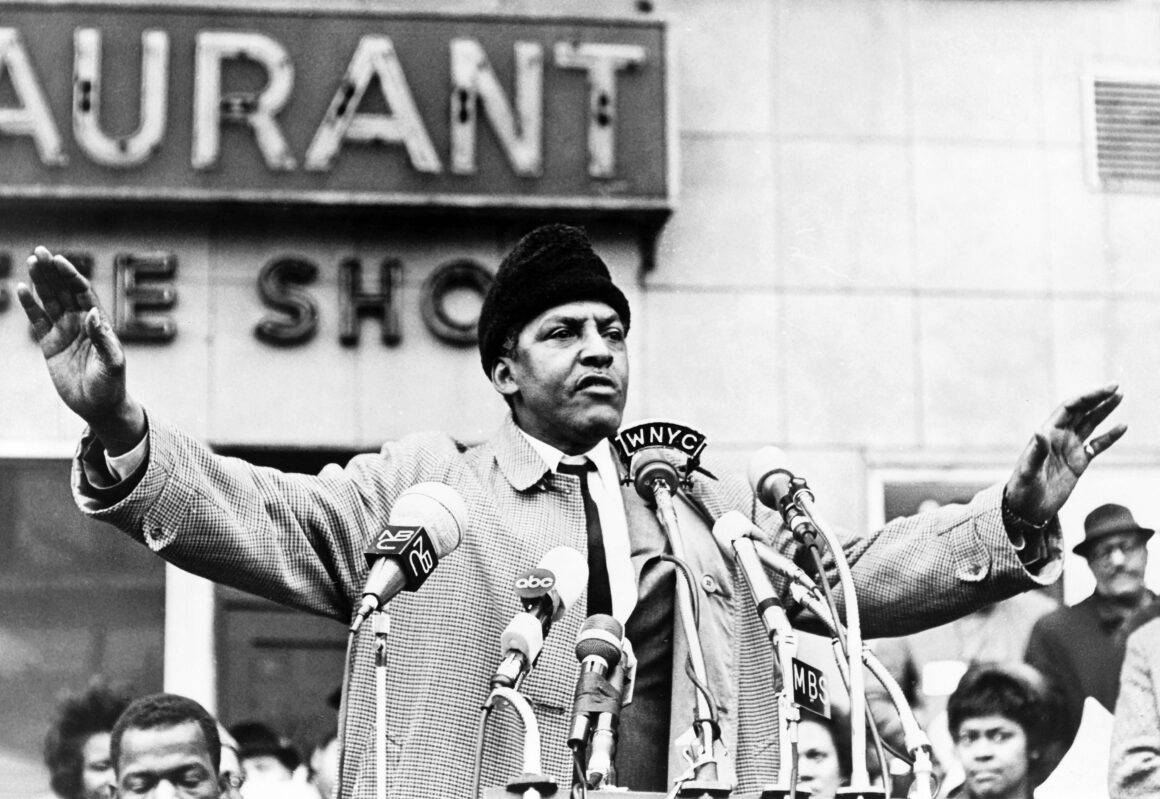
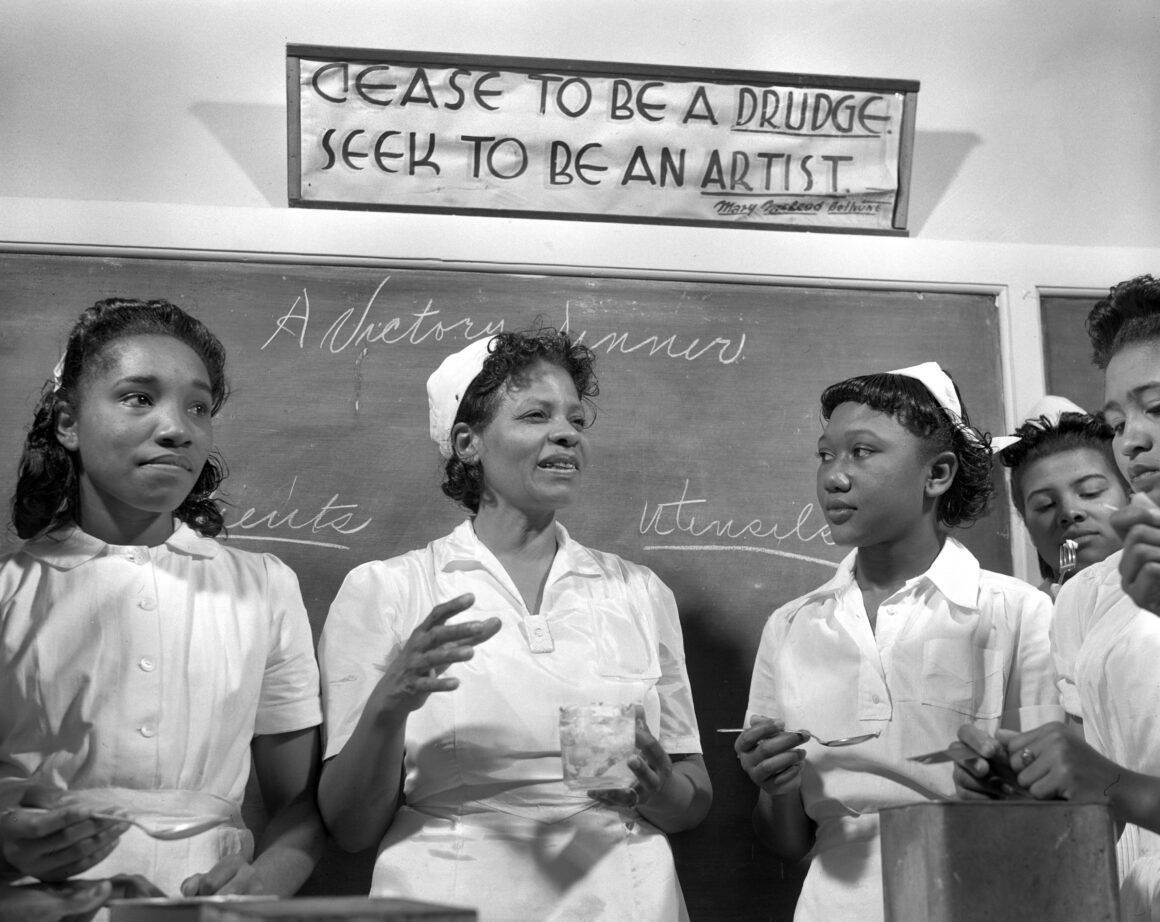


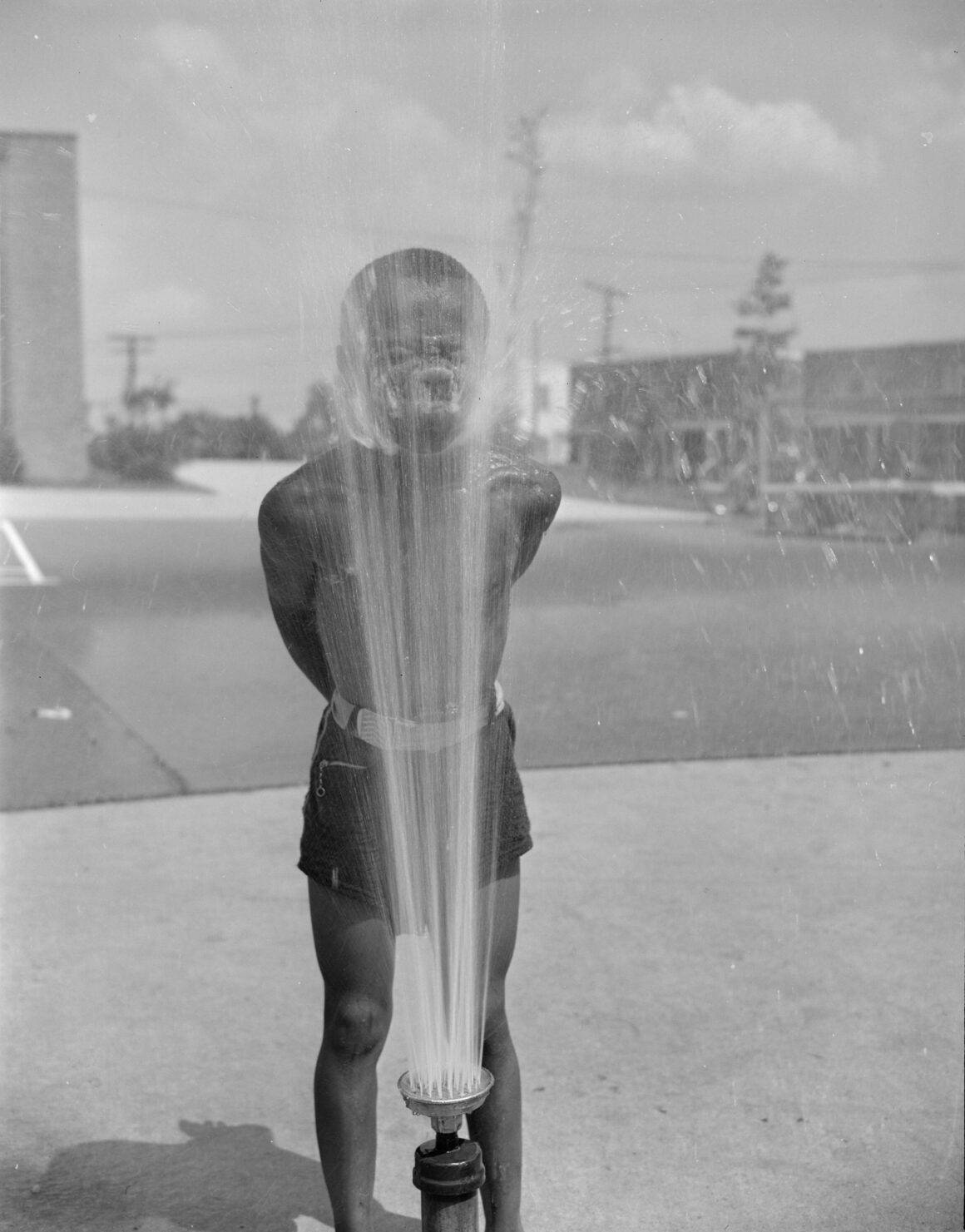
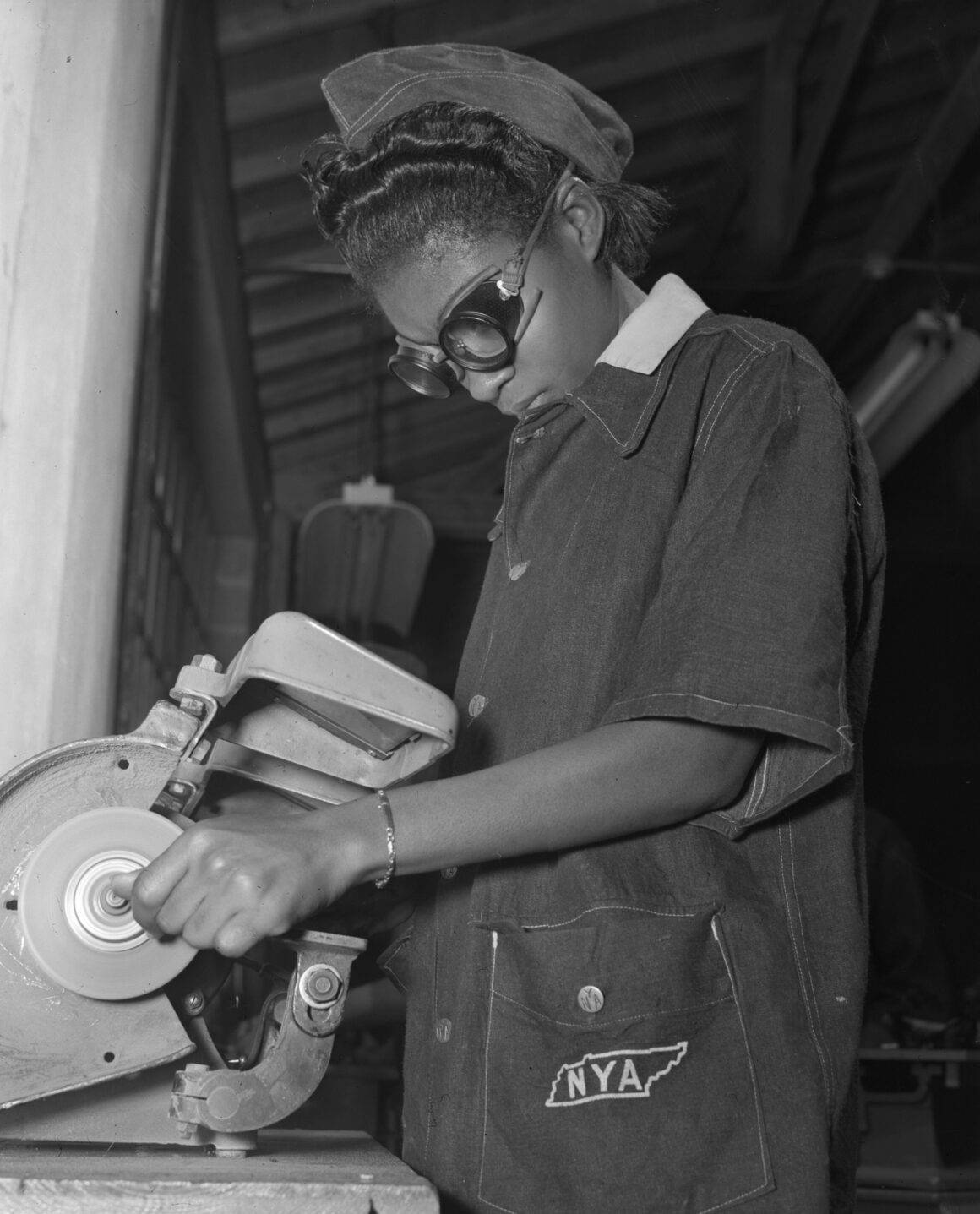
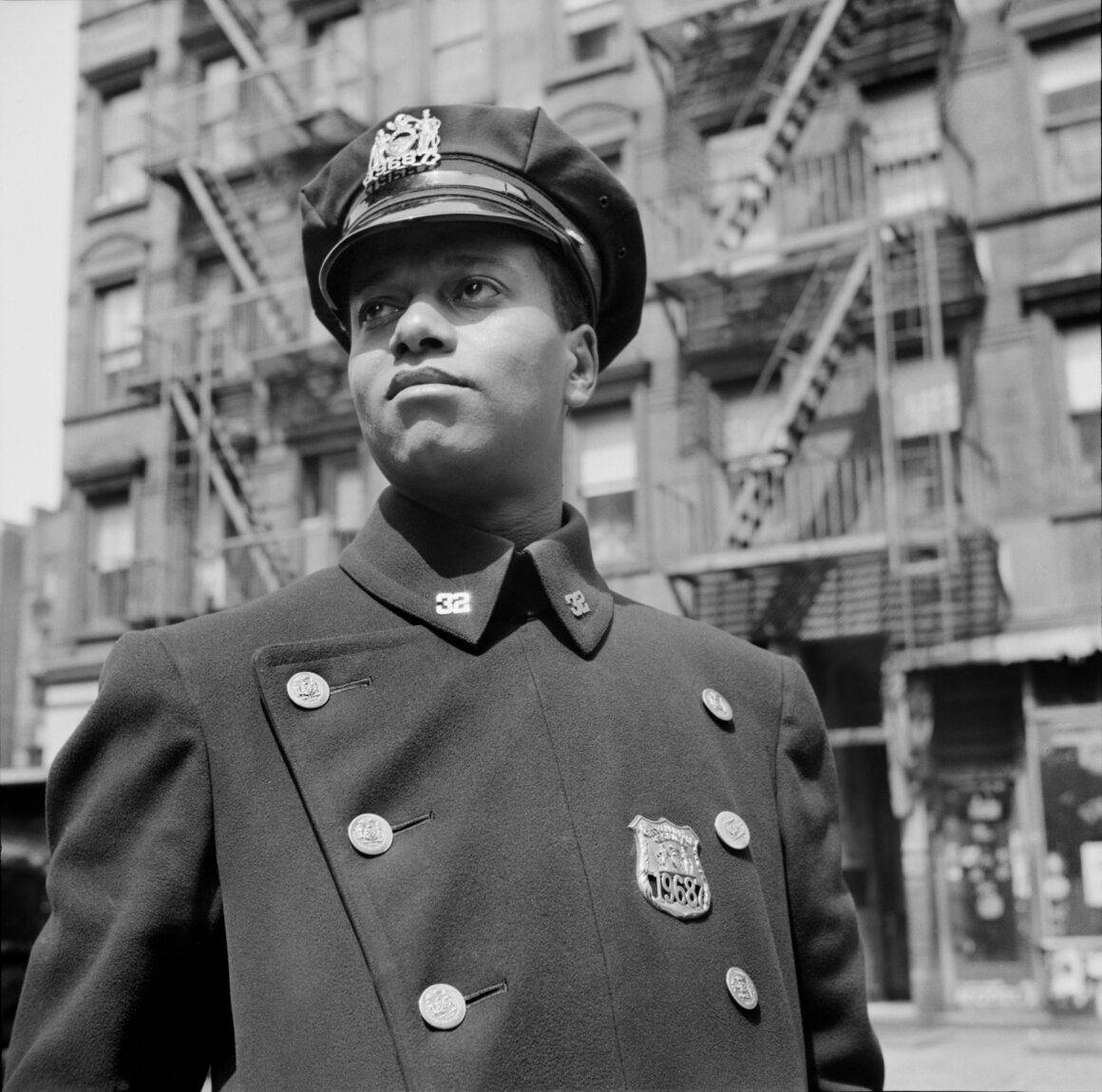
You can view the IMAGO collection for Black History Month.
The credit of the cover photo: IMAGO / Everett Collection


